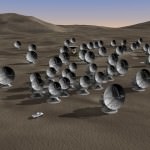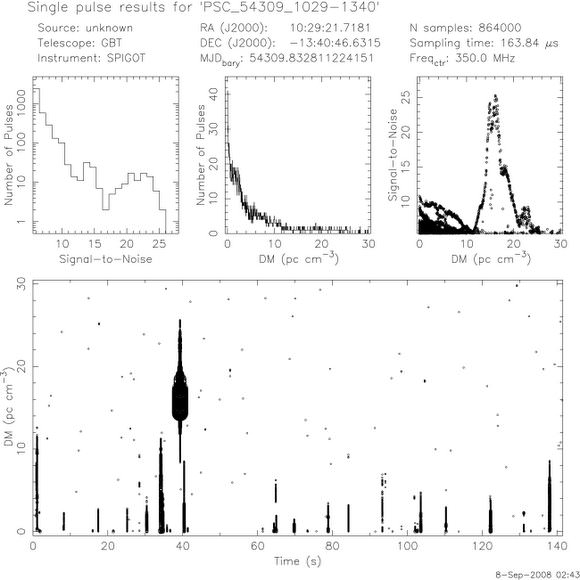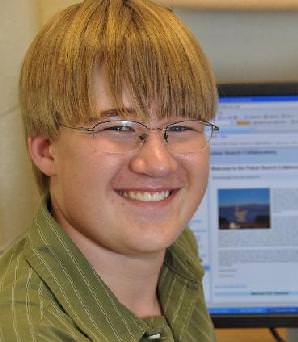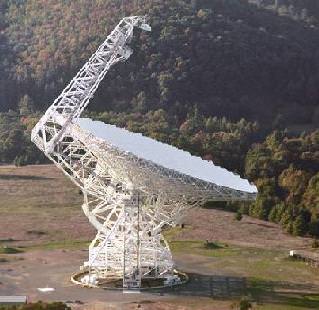In the microwave in your kitchen, food gets cooked (or heated) by absorbing microwave radiation, which is electromagnetic radiation between the (far) infrared and the radio, in the electromagnetic spectrum. The microwave region is rather broad, and somewhat vague, because the overlap with the radio (at around 1 meter, or 300 MHz) is not clear-cut, nor is the overlap with the sub-millimeter (or terahertz) region (at around 1 mm, or 300 GHz).
In astronomy, by far the most well-known aspect of microwave radiation is the cosmic microwave background (CMB), which has a near-perfect blackbody spectrum, of 2.73 K; this peaks at around 1.9 mm (160 GHz – the peak differs when measured by wavelength, from when measured by frequency).
The workhorse detector, in microwave astronomy (and much of radio astronomy, in general), is the radiometer, whose operation is described in considerable detail on this NRAO (National Radio Astronomy Observatory) webpage. The particular kind of radiometer which Penzias and Wilson used in their discovery of the CMB (at 7.35 cm, well away from the CMB peak) was a Dicke radiometer, designed by Robert Dicke (to search for the CMB!). And it was six differential microwave radiometers aboard the Cosmic Background Explorer (COBE) which first detected the CMB anisotropy, firmly establishing the CMB as the highly redshifted surface of last scattering (when baryonic matter and photons decoupled).
The microwave region, especially the short (millimeter) wavelength end, is a rich region for astrophysics, allowing the study of galaxy formation and evolution, stellar and planetary system birth, the composition of solar system body atmospheres, in addition to the CMB. There are already several observatories – many consortia – active in these fields; for example CARMA (Combined Array for Research in Millimeter-wave Astronomy), and ALMA (Atacama Large Millimeter/submillimeter Array) … astronomers just LOVE acronyms! (and no, that is not an acronym).
A new kind of microwave astronomical observatory has recently begun making obserations, the Allen Telescope Array, which provides instantaneous frequency coverage from 500 MHz to 11 GHz (among many other firsts). In many ways this serves as a technology demonstrator for the much more ambitious Square Kilometre Array.
Some of the many Universe Today stories on microwave astronomy are Probing the Large Scale Structure of the Universe, Dark Matter Annihilation at the Centre of the Milky Way, and Oldest and Most Distant Water in the Universe Detected.
Between them, Astronomy Cast episodes Radio Astronomy and Submillimeter Astronomy do a nice job of explaining microwave astronomy!
Sources:
http://www.cv.nrao.edu/course/astr534/Radiometers.html
http://lambda.gsfc.nasa.gov/product/cobe/
http://www.mmarray.org/
http://www.almaobservatory.org/
http://www.seti.org/ata
http://www.skatelescope.org/
http://en.wikipedia.org/wiki/Microwave




